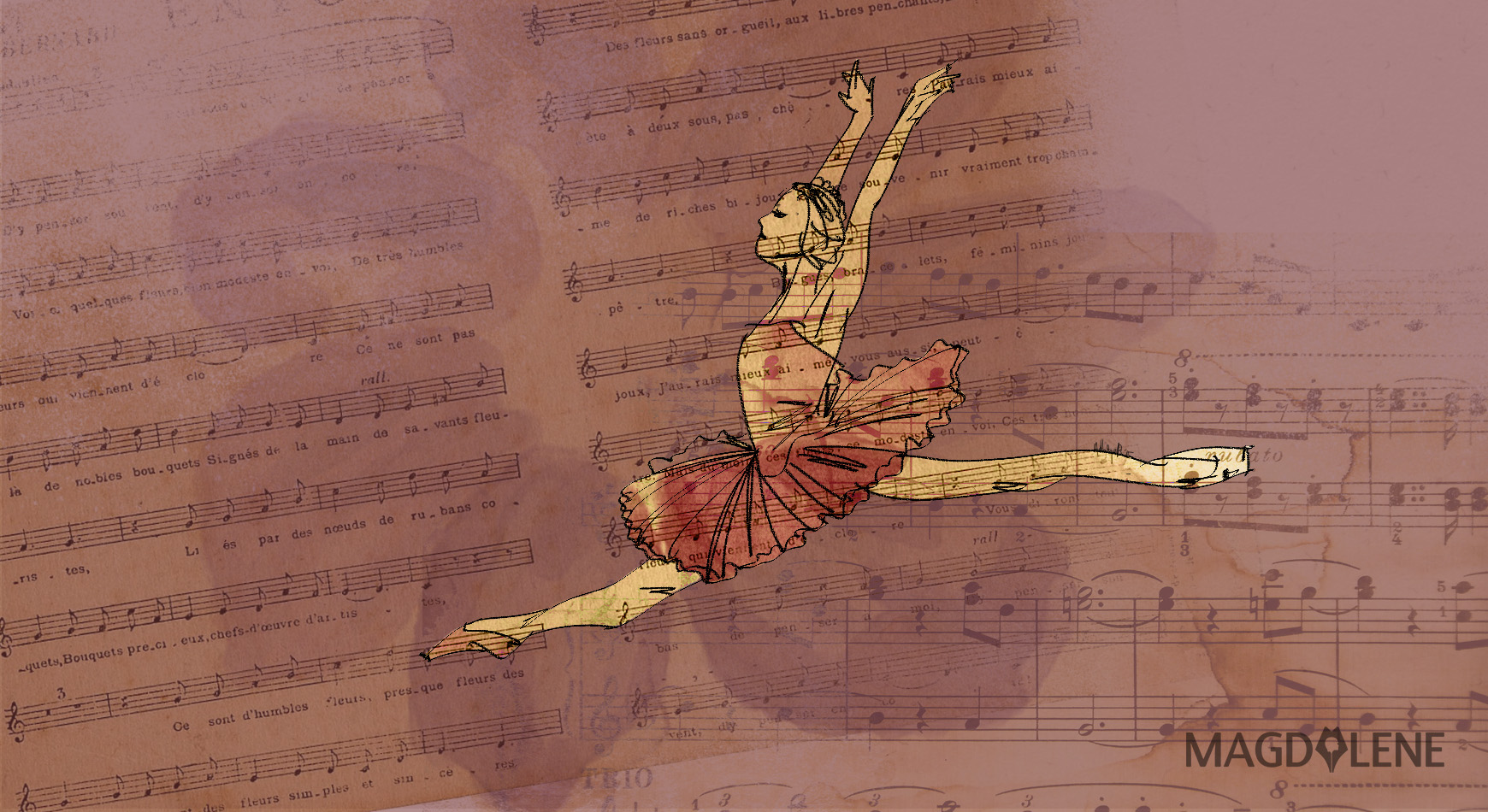What happens when Indonesia’s best ballet dancers joined force with top dancers from South Korea, the Czech Republic, and Australia? Three words: magic on stage.
This is what the first Indonesian Ballet Gala promised, and they delivered a world-class dance performance to Indonesia’s capital, as the country celebrated its 70th anniversary of Independence Day.
The performance took place at Ciputra Artpreneur Theatre at South Jakarta on Aug. 22 and 23. The event was an initiative of Yayasan Bina Ballet Indonesia or Ballet Indonesia Foundation (Ballet.id), a non-profit organization founded by five dance enthusiasts in Indonesia, Australia and Singapore.
Ballet.id cofounder Meutia Chaerani expressed her hopes that the collaboration would eventually lead to the establishment of a national ballet company in Indonesia.
“Ballet is still associated with foreign art, although as an art form, ballet techniques can be used to develop traditional Indonesian dances,” she said.
In fact, half of the two-hour long show was a display of Indonesia’s ethnic influence in the ballet arts. Three of Indonesia’s most established ballet institutions: Namarina, Ballet Sumber Cipta and Marlupi Dance Academy, represented the country with their original choreographies, making it the first time the three schools ever shared the same stage.
The first number Tok by Sumber Cipta tells the story of a couple dealing with the presence of another woman in their relationship. Choreographed by school founder and Bolshoi-educated Farida Oetoyo, it was remarkable for its clever use of costumes, a dazzling way of weaving in and out of twirling and swirling beautiful batik fabrics in synchronized contemporary ballet steps, alternating with a pas de deux.
The dance was first premiered in 1985 and it won an award at the International Festival in Koln, Germany. Its music was originally composed by the late Slamet Abdul Sjukur and arranged by Farida’s youngest son Aksan Sjuman.
Marlupi Dance Academy presented a new number choreographed by Claresta Alim, entitled The Journey. It’s a festive work with dancers dressed in Balinese-inspired tutus and headdresses. The strength of the show is the allegro of the corps de ballet, a dynamic pointe work with Balinese infusion, supported by strong male dancers.
Namarina performed Nawang Wulan taken from the 7 Veil, which is an adaption of the folktale Jaka Tarub, and choreographed by Dinar Karina. The number showcased beautiful classical lines (think lots of arabesque and grand battement and grand jeté) performed by a group of exquisite soloists as the ethereal fairies, and occasionally juxtaposed with a group of “mere humans” dancing ethnic dance-infused jazz steps.
But most of the audience probably came for Act II, which is when the international dancers performed. From Australia, Juliet Burnett and Christopher Hill exquisitely performed a pas de deux from Act 2 of Giselle. They were followed by another superb pas de deux from Act 2 of Swan Lake by Czech dancers Barbora Kohoutkova and Lukas Slavicky.
But the show stealers were the dancers from the Korean National Ballet who performed six numbers. The audience was wildly charmed by Lee Eunwon and Lee Jaewoo’s grand pas de deux of Don Quixote. They were enthralled by the emotive number Little Monster (with the accompaniment of Elvis Presley’s love ballads), and they laughed at the comedic Ballet 101, and the cheerful Are You as Big as Me? The last piece, Five Guards of the Prince Hodong, was a perfect number to show the wonderful talents of the company’s male dancers, who stepped and turned and jumped big to the roaring appreciation of the audience.

Proceed from the event went to establish ballet scholarship in Indonesia and the event also included a community development initiative to work with Yayasan Ciliwung Merdeka, giving dance training to the children and youth members of the performing art group at the densely populated community along the river bank. Australian ballerina Juliet Burnett kick started the initiative by giving a dance workshop at Kampung Ciliwung.
Burnett also taught a select group of young dancers from schools under the Indonesian Association of Ballet Teachers and Trainers (IPPB), and intermediate and advanced students can join a master class tutored by Kohoutkova, Lukas Slavicky and the Korean National Ballet dancers
Juliet is not new to Indonesia. She’s a niece to the late poet and author W.S. Rendra and her grandmother was a trained dancer at the Yogya Keraton. In a press briefing, she recounted her experience of connecting with her mother’s Javanese heritage.
“In 2012, I travelled to Solo to learn Javanese dance…. When I danced for the first time I found lots of similarities between ballet and classical Javanese dance, like the turned out feet, the way movements are carried out gracefully, with elegance and simplicity, and even the history of the two dances being tied to palace activities,
“I realized then why I became a ballet dancer. It’s in my blood,” she added.
I hope this means she will come back next year for the second gala. And bring back the Korean dancers too.
Read Devi’s interview with the kickass women behind Bersama Project and follow @dasmaran on Twitter.
*Photo by Ayang Kalake/Courtesy of Yayasan Bina Ballet Indonesia (Ballet Indonesia Foundation)








Comments